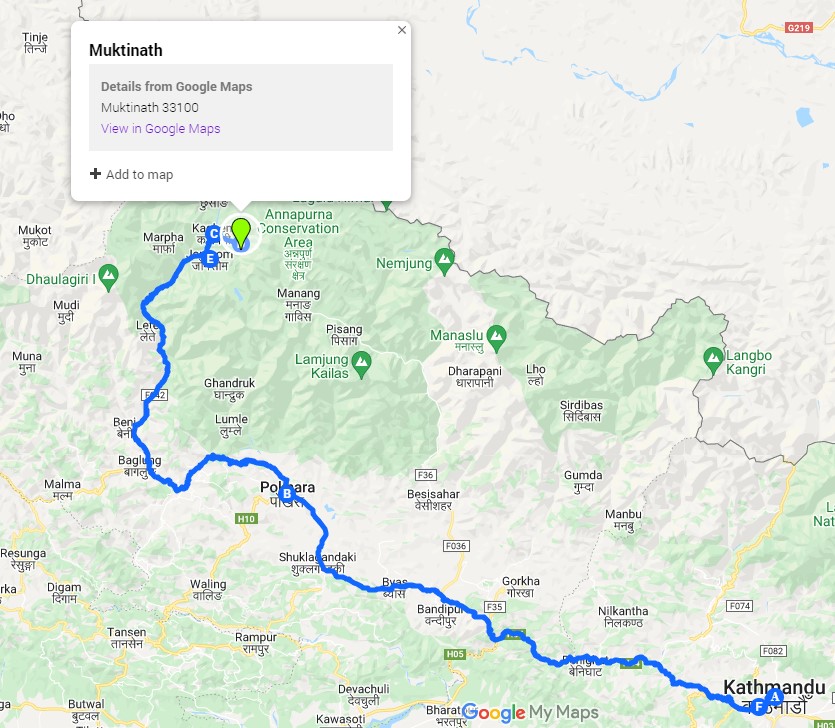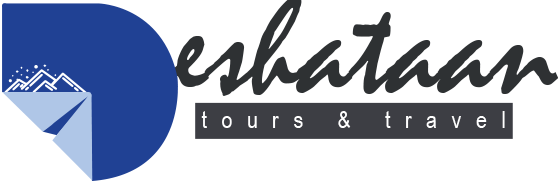
If you are short on time but still want to see Mustang’s stark beauty, this is a great option. You’ll take a moderate trek through the Annapurna and Mustang region, with spectacular views of Annapurna and Dhaulagiri. Mustang is located on an ancient trade route to Tibet, up the Kali Gandaki River, and has one of the most developed trails with comfortable teahouses run by Gurung Add Thakali families.
Highlights
- Follow the ancient trade route to Tibet along the Kali Gandaki river
- Experience the stark desert landscape of Mustang in a short amount of timPass through
- Pass-through Gurung and Tibetan Buddhist villagers and learn about their culture
- Enjoy great views of the Annapurna and Dhaulagiri Himal
Overview
The deep valleys and steep mountains that surround the massive Annapurna Himal encompass a diverse range of landscapes, from subtropical jungle to the Tibetan Plateau’s high-altitude desert. Apart from the scenery, this is a Hindu and Buddhist pilgrimage route with stops in villages such as Jomsom (a trading center in lower Mustang), Muktinath, and Kagbeni where you can meet various ethnic groups along the way.
Want to know more?
| Viber / WhatsApp | 9864014537 |
| Kathmandu office | 01-4439962, 01-4439963 |
| Price |
Trip Itinerary Brief
| Day | Highlights | Overnight |
| Day 1 | Welcome to Kathmandu! | Kathmandu |
| Day 2 | Drive from Kathmandu to Pokhara | Pokhara |
| Day 3 | Drive from Pokhara to Jomsom, Trek to Kagbeni (9,377 feet/2,858 m) | Kagbeni |
| Day 4 | Trek from Kagbeni to Muktinath (12,522 feet / 3,817 meters) | Muktinath |
| Day 5 | Trek from Muktinath to Jomsom (8,910 feet / 2,715 m) | Jomsom |
| Day 6 | Drive from Jomsom to Kathmandu via Pokhara | Kathmandu |
| Day 7 | Depart Kathmandu |
Detailed Itinerary
Day 1: Welcome to Kathmandu!
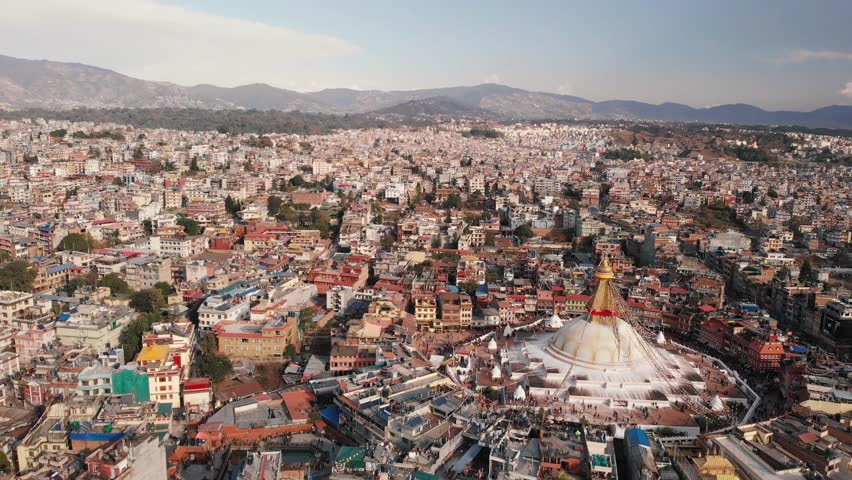
As you fly into Kathmandu, you’ll be treated to stunning views of the valley, the Himalayas, and the terraced fields below. After clearing customs, a representative will be waiting to help you navigate the narrow, winding streets of Kathmandu and get you settled into your hotel. After you’ve settled in, go see one of Kathmandu’s cultural highlights. In the evening, the tourist district of Thamel is a good place to get your first meal, with a variety of restaurants serving both Western and Nepali cuisine.
Day 2: Fly from Kathmandu to Pokhara

After breakfast, you will be picked up and driven to the domestic airport for your 30-minute flight to Pokhara, Nepal’s second-largest city.
This breathtaking half-hour flight along the Himalayan range includes views of four of the world’s fourteen 8000m giant mountains: Dhaulagiri, Annapurna I, Manaslu, and Shishapangma. Your specialist can assist you in securing a seat on the plane’s right side for views of the Himalayas en route.
You will be met at the airport and taken to your hotel. The rest of the day is free to explore, take one of the tours listed below, or simply relax by the lake. Pokhara is home to a plethora of great cafés, restaurants, hip shops, and yoga studios that cater to ex-pats and adventure travelers.
Day 3: Fly from Pokhara to Jomsom, Trek to Kagbeni (9,377 feet / 2,858 m)
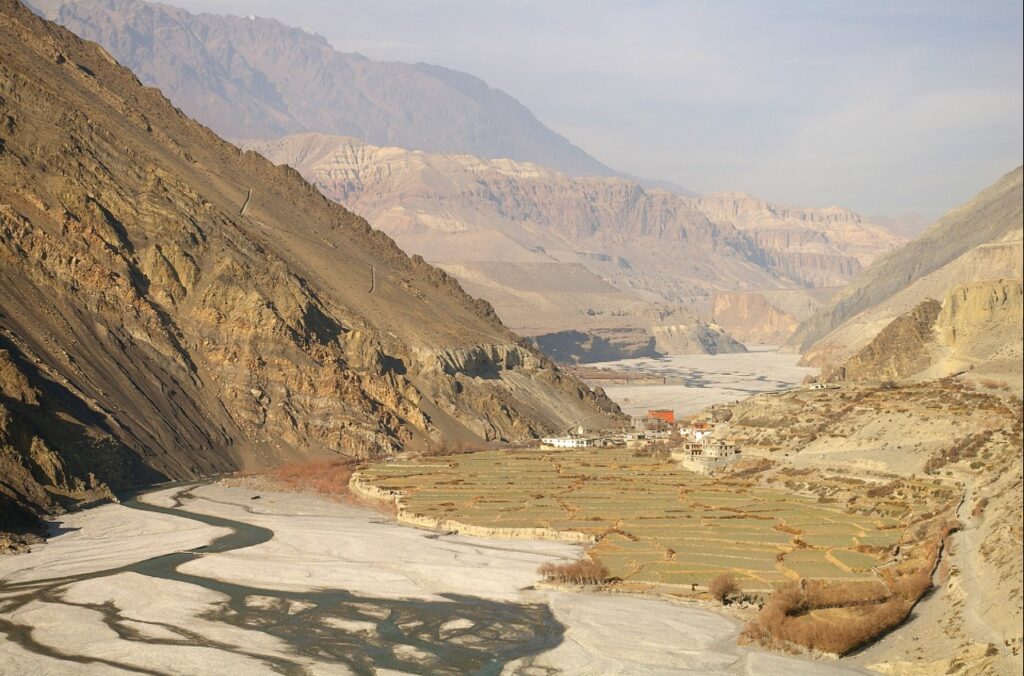
After an early breakfast, you’ll be driven to the airport for a breathtaking mountain flight to Jomsom, Mustang’s district headquarters. The flight takes you over the Kali Gandaki, the world’s deepest gorge. You’ll have great views of Dhaulagiri and Annapurna from the plane, but you’ll land in a completely different environment, the arid valleys of the Himalayan rain shadow.
Begin your hike along the Kaligandaki River, and be prepared for strong wind in this section of the trail. After a few hours, you’ll arrive at Ekle Bhatti, a small but beautiful village on the bank of the river with a spectacular view of the Nilgiri Himal—a range of three peaks in the Annapurna massif. This is also an ideal place to stop for tea or lunch.
Continue walking for about an hour until you reach Kagbeni. This lovely medieval village has a bustling main square with prayer flags and goat herds. Explore the village’s ancient mud-pack houses by meandering through its narrow alleyways.
Flight duration: 20 minutes
Trekking time: 3 hours (11.4 km / 7.1 miles)
Day 4: Trek from Kagbeni to Muktinath (12,522 feet / 3,817 meters)
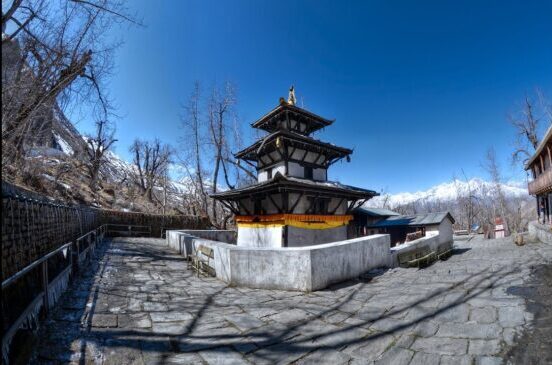
Begin your second day of trekking after breakfast in Kagbeni. You’ll pass through Khingar and then Jharkot, both of which are good places to stop for tea or lunch. Continue trekking until you reach another village called Ranipauwa, and then to Muktinath, a small village surrounded by green hills.
Muktinath is well-known for its cold springs, ancient fossils, and holy shrine, making it a sacred site for both Hindus and Buddhists. Two tiny blue flames that burn incessantly from a hole that also emits water, believed to be burned by God , can be seen in a nearby temple called Jwala Mai.
Time to complete the trek: 5 hours (7.7 miles / 12.4 km).
Day 5: Trek from Muktinath to Jomsom (8,910 feet / 2,715 m)

Visit Muktinath Temple after breakfast at your teahouse, an important place of worship for Nepalese Buddhists and Hindus. Before beginning the trail, you will have the opportunity to visit the main temple and its surrounding area.
Begin your journey back to Jomsom by taking an easy, straight downhill path. You’ll get great views of Mt. Dhaulagiri as you retrace your steps. Pass through Jarkot, where you can visit another monastery and gaze out at the snow-capped mountains and ancient caves. Admire the signs of rich Tibetan culture and keep an eye out for Mustang people selling handicrafts to pilgrims.
Time to complete the trek: 5-6 hours (9.3 miles / 15 km).
Day 6: Fly from Jomsom to Kathmandu via Pokhara
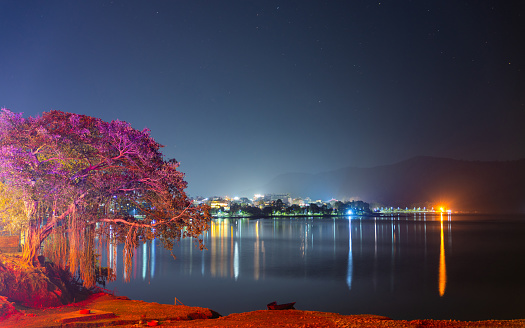
Following an early breakfast in Jomsom, you will be transferred to the local airstrip for your return flight to Pokhara. You’ll then take a connecting flight to Kathmandu.
When you arrive, you will be taken to your hotel in the capital city. Spend the rest of the day on your own, perhaps exploring the streets by foot, bicycle, or rickshaw and seeing anything you missed at the start of your journey.
Day 7: Depart Kathmandu
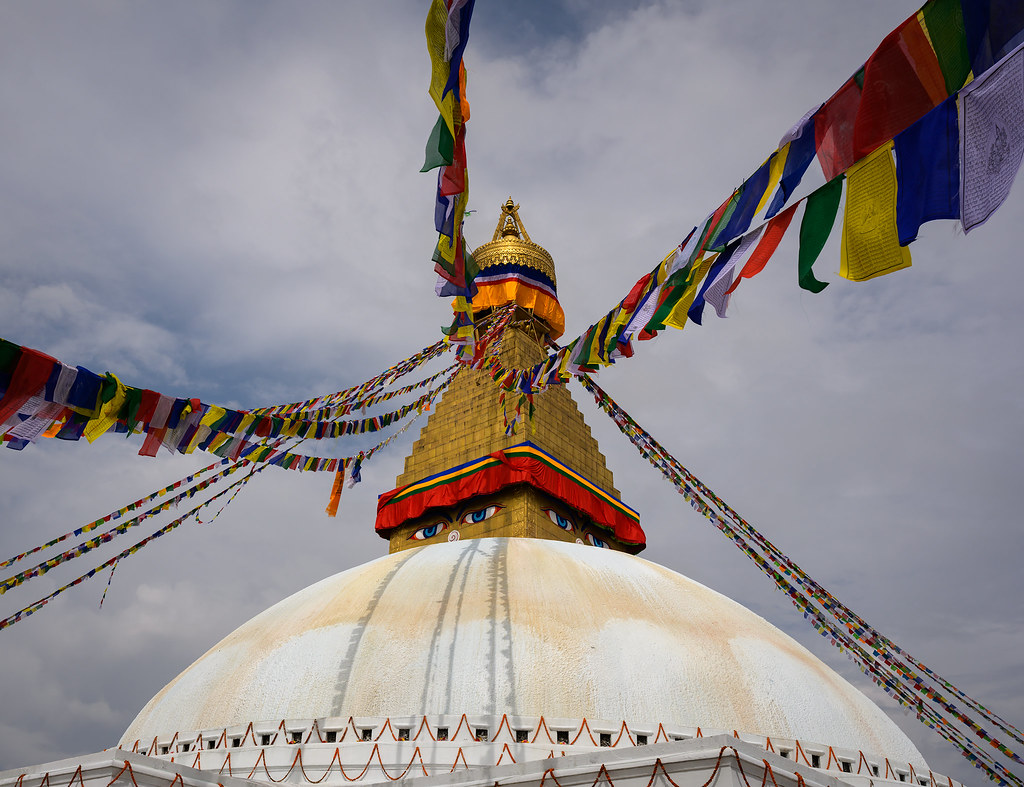
It’s time to say farewell to Nepal. Enjoy your last moments in Kathmandu with breakfast in a café, a city stroll, and/or souvenir shopping. A representative will meet you at your hotel and drive you to the airport for your return flight home. It’s good to be at the airport at least 2 hours before departure.
Difficulties
The Lower Mustang trek is rated as moderately difficult. This trek is neither as easy nor as difficult as the strenuous level treks. However, as with most treks, you can modify the difficulty level of the Upper Mustang trek to suit your needs.
Best season to Trek
Lower Mustang is located in the rain shadow of the Himalayas, making it a great monsoon trek as well as a year-round trekking destination. The main factor to consider is winter when most residents leave the capital to avoid the cold and snow. Upper Mustang is best visited between March and early November.
Map
